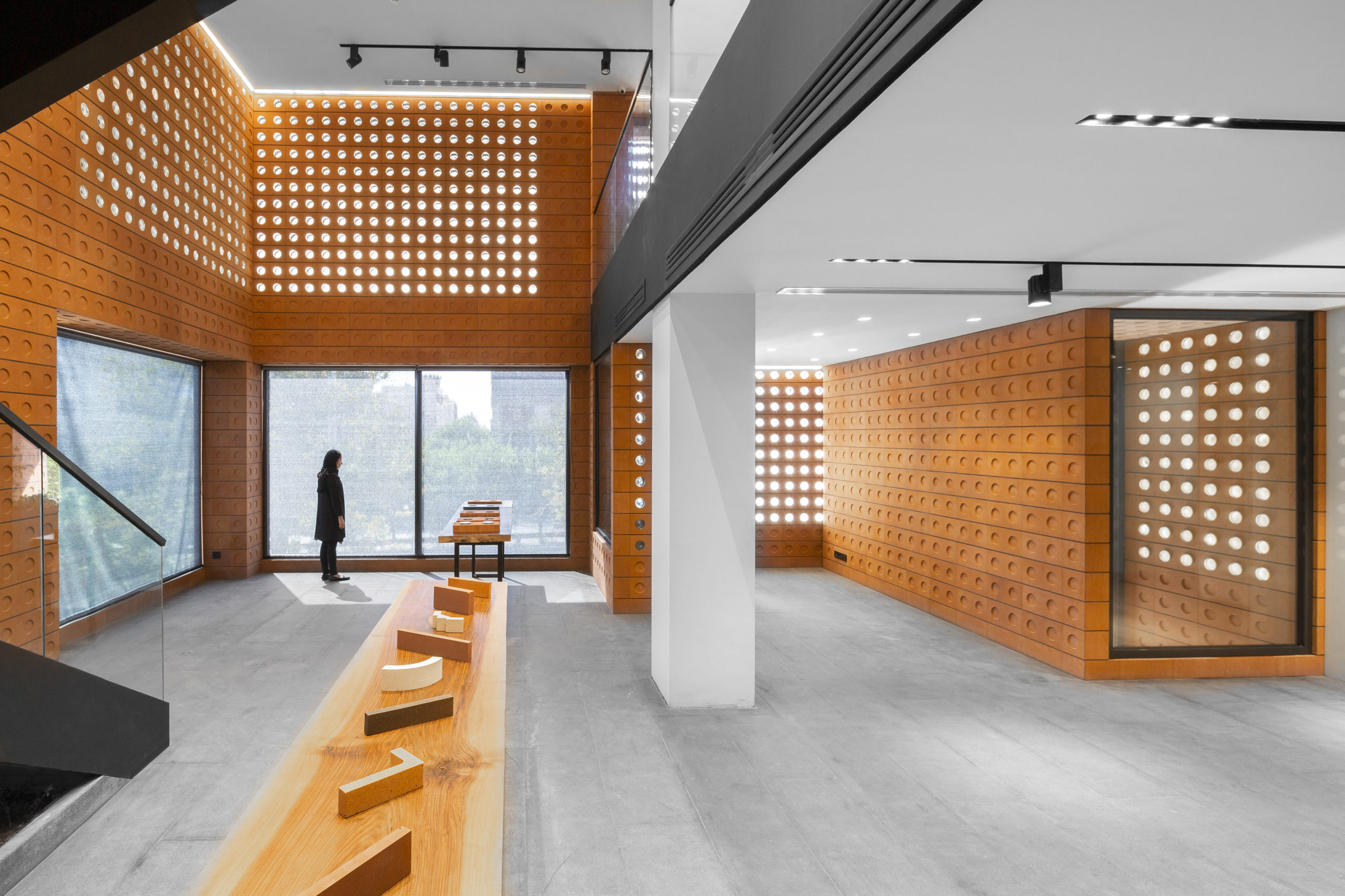Check Out Acclaimed Jobs by Distinguished CDA Architects
The Influence of Technical Developments on the Layout Practices of Contemporary Architects
The fast development of technological tools has considerably reshaped the style landscape for modern engineers, cultivating extraordinary degrees of innovation and sustainability. Exploring these dynamics reveals a nuanced interplay between technology and traditional design methodologies, prompting a closer examination of what the future holds for architectural practices.
Evolution of Architectural Devices
How have building devices transformed the design and construction procedures over the centuries? The advancement of architectural tools has actually dramatically affected the effectiveness, accuracy, and creative thinking of layout and building and construction.
With the arrival of the Renaissance, the intro of the compass and the protractor marked a crucial change. These tools made it possible for engineers to accomplish better precision in their designs, promoting the appearance of more intricate and proportional buildings. The Industrial Revolution additionally transformed building exercise with the intro of mechanized devices and materials, permitting larger and more ambitious tasks.
In the 20th century, the advancement of computer-aided layout (CAD) software program transformed the landscape once more, offering architects with extraordinary capabilities in modeling and visualization. Today, progressed tools such as Structure Details Modeling (BIM) and parametric design software program remain to press the borders of architectural technology, enabling an extra integrated technique to layout and building procedures.
Boosted Cooperation in Design
As technology continues to progress, boosted collaboration in design has come to be a keystone of modern architectural practice. The combination of digital tools such as Structure Information Modeling (BIM), cloud-based platforms, and advanced visualization software has actually changed the method designers, designers, and stakeholders connect throughout the layout process. These tools assist in real-time interaction, permitting teams to share concepts, adjustments, and feedback instantaneously, no matter of geographical place.

Additionally, interdisciplinary cooperation has actually been structured via these technological advancements, allowing engineers to work much more carefully with other experts, such as city organizers and environmental specialists. The result is a more cohesive technique to develop that considers numerous viewpoints and knowledge. Inevitably, improved cooperation in layout is not just a pattern; it is essential for developing innovative, practical, and aesthetically pleasing design in a progressively complicated globe.

Sustainability Via Technology
Sustainability in design has progressively ended up being intertwined with technical innovation, driving the market towards environmentally responsible methods. Contemporary designers are leveraging sophisticated innovations to decrease environmental effect while enhancing the efficiency of buildings. cda architects. One famous example is making use of Building Info Modeling (BIM), which enables accurate preparation and source allotment, reducing waste throughout building and advertising energy efficiency throughout a structure's lifecycle
Moreover, wise products and energy-efficient systems are being incorporated view publisher site right into designs to maximize source use. Technologies such as solar batteries and environment-friendly roof systems harness sustainable power sources, adding to reduced carbon impacts. Additionally, the application of artificial knowledge in design processes makes it possible for engineers to simulate and assess power usage, assisting decisions toward more sustainable end results.
The assimilation of lasting innovations not only lines up with worldwide environmental objectives but also fulfills an increasing need from customers for green remedies. As designers embrace these technologies, the focus changes in the direction of creating spaces that are not only aesthetically pleasing yet likewise functionally sustainable, browse this site consequently redefining the criteria of modern architecture. In this way, innovation serves as a catalyst for sustainability, allowing architects to develop structures that respect and boost the all-natural atmosphere.
Difficulties in Application
While technical improvements in design hold wonderful guarantee for boosting sustainability, their implementation frequently runs into substantial difficulties. One key obstacle is the steep knowing curve linked with new modern technologies. Engineers and construction experts might call for comprehensive training to efficiently make use of advanced software program and devices, which can delay job timelines and increase expenses.
Additionally, the combination of arising technologies, such as Structure Information Modeling (BIM) and sustainable products, usually demands partnership throughout multidisciplinary teams. This cooperation can be hindered by distinctions in know-how, operations, and interaction styles, causing prospective problems and inefficiencies.

Furthermore, regulatory frameworks and building regulations may not keep pace with technical advancements, producing obscurity and possible conformity issues. This challenge can inhibit engineers from fully welcoming new modern technologies, as the threat of non-compliance may outweigh the advantages. Dealing with these implementation challenges is critical for the successful integration of technological developments in modern architectural methods.
Future Patterns in Architecture
The obstacles related to the application of new technologies in style have actually prompted a reevaluation of future patterns within the industry - cda architects. As designers browse problems such as sustainability, urbanization, and social equity, they are significantly embracing innovative modern technologies to boost style effectiveness and ecological efficiency
One popular fad is the combination of expert system (AI) in the design procedure. AI tools can analyze large datasets to educate design choices, improving both creative thinking and functionality. Building Details Modeling (BIM) proceeds to evolve, making visit this page it possible for real-time collaboration among stakeholders and facilitating streamlined task monitoring.
Lasting layout techniques are additionally getting energy, with designers focusing on adaptive reuse and regenerative design concepts that minimize resource consumption and waste. The incorporation of clever products and renewable resource sources will certainly additionally improve the durability of structures despite environment change.
Additionally, the surge of parametric style permits even more personalized and context-sensitive architectural services (cda architects). By taking advantage of these developments, engineers are poised to produce built atmospheres that not just attend to the prompt requirements of society but also expect future difficulties, consequently redefining the role of style in an ever-changing world
Final Thought
Technical developments have actually dramatically reshaped building design practices, facilitating boosted accuracy, collaboration, and sustainability. The assimilation of tools such as Structure Details Modeling and parametric style software, alongside man-made intelligence and clever materials, encourages engineers to deal with complex obstacles much more efficiently.